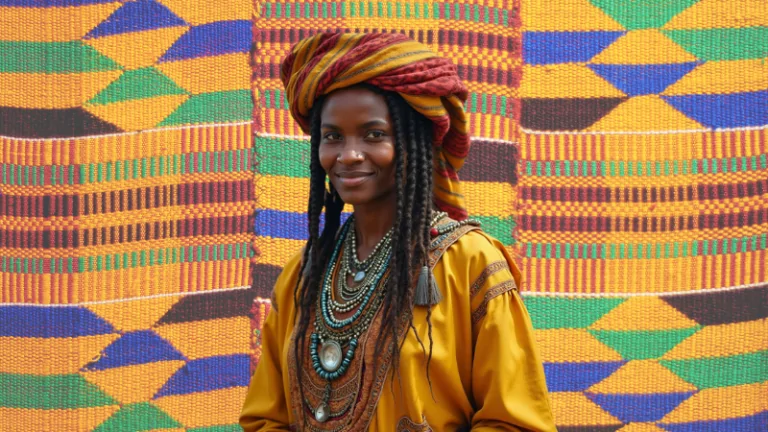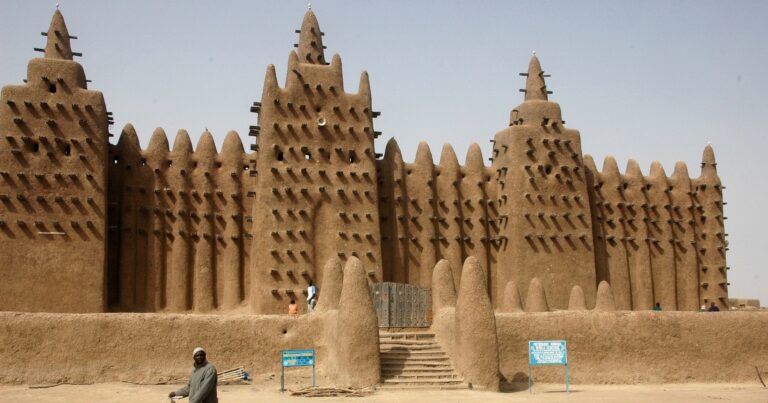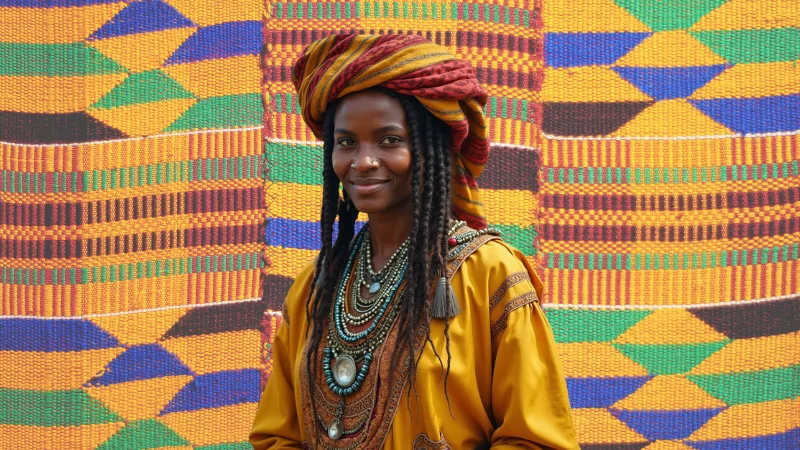
The diversity across African cultures never ceases to amaze me, and the Hausa people are one group that really stands out. Known as one of Africa’s most influential and widespread communities, the Hausa bring a rich mix of history, traditions, and artistry. Their culture stretches beyond West Africa, shaping the region in so many ways.
Let’s take a look at some of the most interesting parts of Hausa culture, from their history and language to their customs and daily life.
1. Hausa Tribes Were Formed In The 12th Century
Primarily based in Nigeria and Niger, the Hausa people’s influence extends throughout West Africa, reaching countries like Ghana, Cameroon, and Chad. With roots that go back to the 12th century, the Hausa established early kingdoms that became economic and political centers.
2. They Have Their Own Language
Hausa is one of the most widely spoken languages in Africa and is often used as a trade language across West Africa. From Nigeria and Niger to neighboring countries, it’s common to hear Hausa spoken in marketplaces and business centers.
The language is primarily written in the Latin script today, but it was historically written in Ajami, a form of Arabic script still used by some Hausa Muslim communities, particularly for religious and poetic texts. Efforts to promote and preserve the language are strong, with more resources like apps and language courses now available.
3. Islam Is The Most Dominant Religion
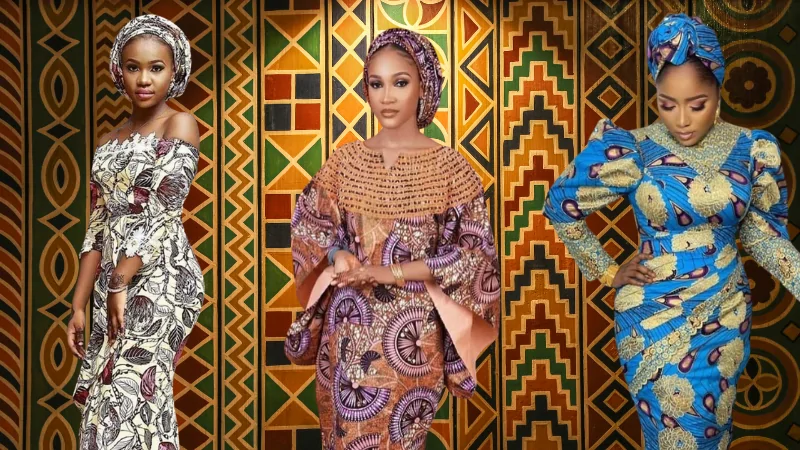
Islam has been a central part of Hausa culture for centuries, arriving through traders and scholars from North Africa. Most Hausa people practice Islam, which shapes daily routines, values, and communal events.
During Ramadan, communities come together for iftar (the evening meal to break the fast) and special prayers.
*Many Hausa Muslims also make pilgrimages to Mecca, further connecting them to Islamic traditions.
4. Hausa People Have Their Unique Traditional Clothing
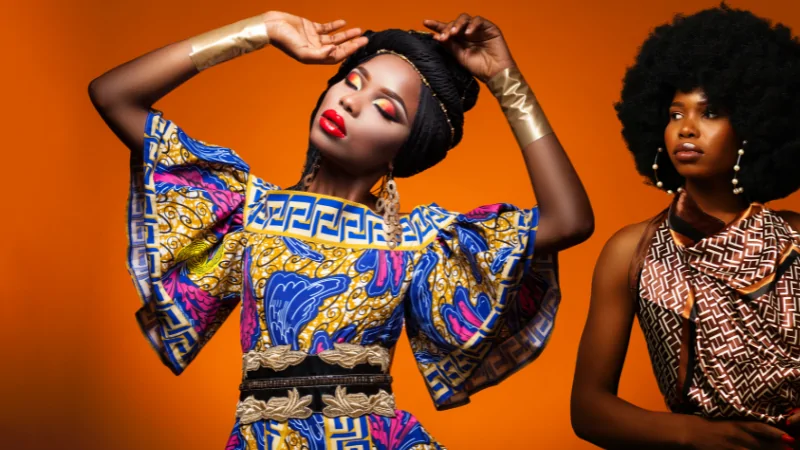
Men wear the babban riga (a long flowing gown) or jalabiya (robe), usually paired with a cap called the fula or hula, decorated with intricate embroidery that can signify social status or origin. Women’s attire includes the zani (wrapper), buba (blouse), and headscarves, often in bright colors.
5. Marriage and Family Are Highly Important
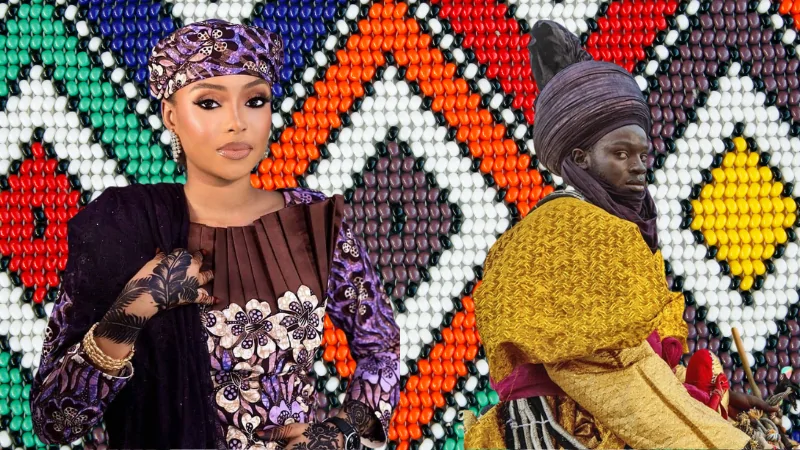
Marriage is a big event in Hausa culture, celebrated with multi-day gatherings that bring communities together. Arranged marriages are common, with family elders involved in matchmaking.
However, younger generations are finding ways to blend tradition with personal choice.
Hausa weddings, or Bikin Hausa, include gift exchanges, introductions between the bride and groom’s families, and festivities with dance, music, and food.
6. Music and Dance Are Used As Ways To Pass Down Stories
Hausa music is rooted in storytelling, using instruments like the goge (a fiddle) and the kalangu drum, known for its unique tones. Hausa music is a part of ceremonies and festivals, where the rhythm is often accompanied by traditional dances like Asauwara and Shadi.
7. Hausa Art Includes A Tradition of Handcrafted Leatherwork and Textiles
Hausa art is famous for its craftsmanship, from leather goods to textiles. Hausa leatherwork is especially valued, with items like kidan zane (leather bags) known for their quality. In the past, these goods were essential, particularly in arid areas where they were used to carry water and food.
Textile work is another important tradition, with artists creating patterns inspired by Islamic art, geometric designs, and natural themes. Many Hausa artisans continue to craft these goods by hand, blending traditional methods with contemporary tastes.
8. Hausa Cuisine Consists Of Simple Yet Flavorful Dishes
Hausa cuisine is hearty, often made with staple ingredients like millet, rice, and sorghum, and served with soups or stews. One popular dish is tuwo, made from pounded millet or rice and paired with miyan kuka (baobab leaf soup) or miyan taushe (pumpkin soup).
Street foods are also a big part of Hausa culture, with dishes like suya (spiced meat skewers), kosai (bean cakes), and fura da nono (a millet and milk drink) found throughout Nigeria.
*Meals are often shared with family and friends, bringing people together over food and conversation.
9. Agriculture Is Fundamental to Hausa Life
Traditional farming practices focus on growing millet, maize, and groundnuts, while mixed farming combines crops and livestock on the same land. This approach creates a sustainable lifestyle that supports families and communities.
10. Folklore Keeps Culture Alive
Hausa folklore features stories with memorable characters, like Barmani Choge, a trickster who embodies cleverness and teaches lessons on resourcefulness and the dangers of greed.
Elders often share these tales during family gatherings, passing on cultural knowledge to younger generations. These stories preserve Hausa history, values, and humor, keeping traditions alive in a simple yet powerful way.
Closing Thoughts
From their language and clothing to their music and food, each piece of Hausa culture is a colorful thread that connects much of West Africa and beyond. If you ever get the chance to experience Hausa culture, take it—it’s an experience that sticks with you and reminds you just how amazing diversity can be.
Related Posts:









